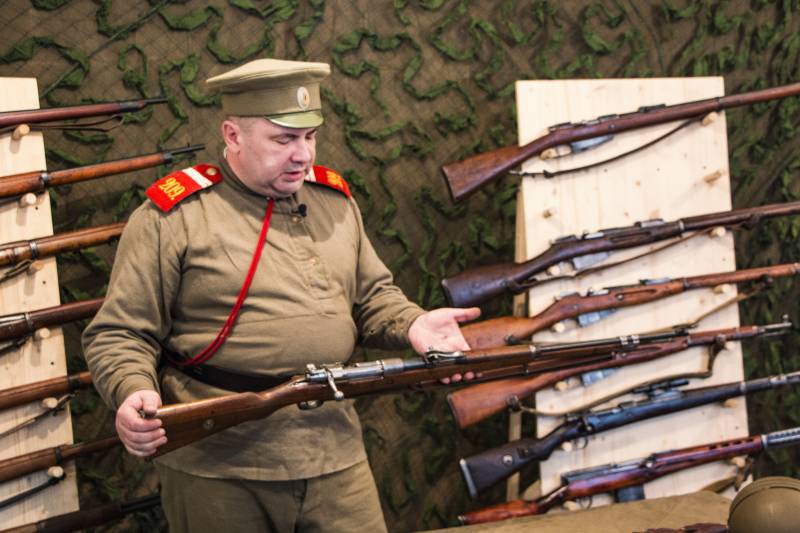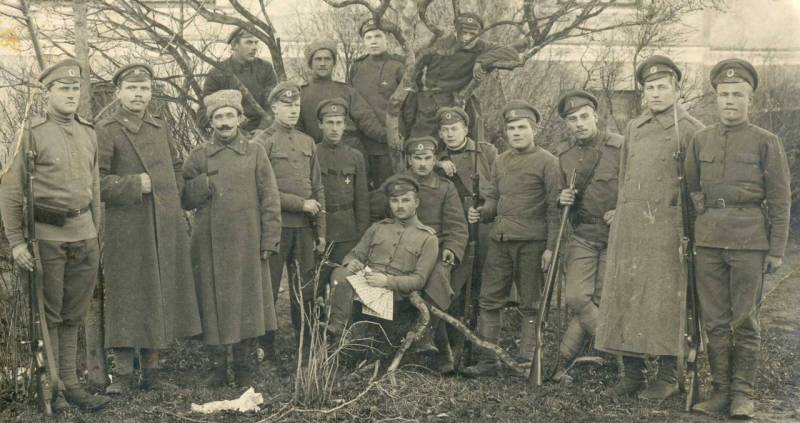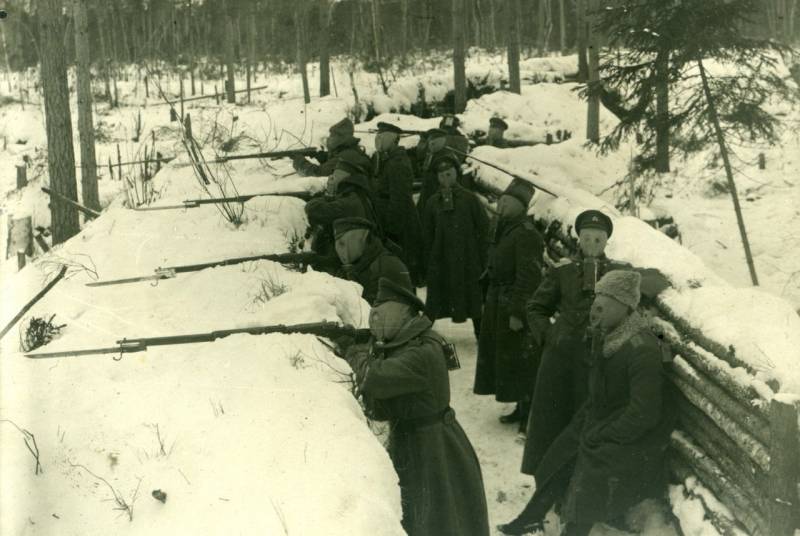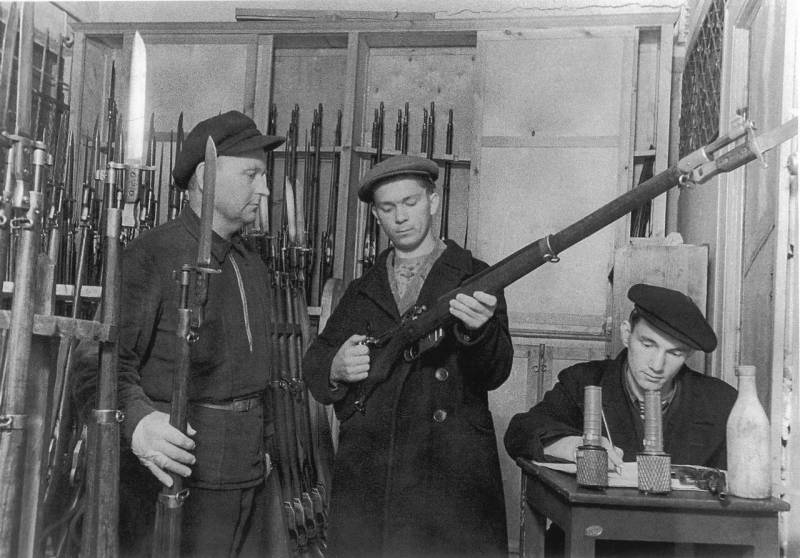Stories about weapons. Rifles of the First World War. Rifle "Arisaka" sample 1905 year
The Japanese Arisaka 38 rifle, or, in our opinion, the 1905 model of the year, fought both against and on our side.
The rifle is a modification of the 30 Type rifle of the 1897 model of the year, which proved not to be the best during the Russo-Japanese War. “Type 38” differed from its predecessor primarily increased reliability, which allowed the rifle to take part in two world wars and several local conflicts.
As a whole, the “Arisaka type 38” is another variation on the Mauser 1898 theme of the year. But the Japanese considerably improved the rifle, making it more technological in production and easier to handle.
Andrey Bondar, a reconstructor from the Infanteria club, will tell about the rifle device.
The rifle is quite powerful, although it was inferior to European models due to the smaller caliber. The 6,5 × 50-mm cartridge Arisaka had less recoil momentum, which had a positive effect on shooting accuracy.
Colonel of the Russian Empire V.G. Fedorov, the famous gunsmith, in 1914, conducted a full cycle of tests of the Arisaka rifle and was convinced of the safety, rationality and reasonableness of the design of this weapons. Fedorov noted that, despite the excessive accuracy indicators, the rifle is cheaper than the Mosin rifle.
After the war in Manchuria, the stopping effect of the 6,5-mm cartridge was deemed insufficient, and the 7,7 × 58 mm Arisaka mm 1932 cartridge of the year XRUMX type was developed and adopted to replace the 1939 Type rifle.
After the entry into the First World War in Russia, the inevitable shortage of small arms began, therefore, in addition to domestic rifles, there were also foreign weapons in the army. Including the Japanese Arisaka "type 30" and "type 38", captured as trophies in the Russian-Japanese war.
Given the urgent need to compensate for losses in small arms, and based on the opinion of Fedorov, in 1914, a military-technical commission headed by Major General E. C. Hermonius left for Japan.
The initial task of the commission was to acquire in Japan a stock of captured Russian three-line rifles. The Japanese Defense Ministry offered the Russian allies to consider buying 35 thousands of rifles and Arisaka carbines, commissioned by the government of Mexico and 23 million cartridges for them.
In October, the Russian side purchased the first batch of 1914 thousand rifles, 20 thousand carbines and 15 million cartridges in October.
The Russian side expressed its intention to acquire up to a million more rifles and ammunition at the rate of 1000 ammunition per barrel.
The Japanese refused, honestly admitting that they did not have such a number of rifles and were unable to release them. After lengthy negotiations, the Japanese military agreed to sell the 200 thousands of Arisak "Type 30" rifles of the 1897 model of the year and the 25 million ammunition to them (125 units per rifle), and warned that the cartridges would be old, expired, from warehouses In Korea.
In January, 1915 was signed another contract for the supply of 85 thousands of rifles, 15 thousands of carbines and 32,6 million cartridges.
In May, Japan agreed to sell 1915 of thousands of rifles and 100 million rounds of 20, in early September 1915 of 150 thousands of 38 rifles and 84 million of rounds.
Another 128 of thousands of rifles and carbines "type 38" was obtained in 1916 year from the UK.
Thus, in addition to the captured ones, more than 700 thousands of rifles and Arisak carbines were delivered to Russia, of which “38 type” - about half a million.
Big number. Considering that the “38 type” in total was released about three million.
In the Russian Imperial Army, rifles were “crossed over” into Arisaka rifles of the 1897 and 1905 types, respectively.
It is noteworthy that in the Japanese nomenclature the figure also indicated the year. The Japanese called the weapon by the current emperor's reign, and it was not until 1939, when the 99 type rifle appeared, that they switched to a different system. "Type 99" is actually from 2099 year from the creation of the world on the Shinto calendar. Or 1939 from the birth of Christ.
The rifle has proven itself on the good side. It was reliable and, most importantly, very accurate. I came to taste and such a nuance as a rather long barrel, which, when using not the most powerful cartridge, practically did not give a muzzle flash and did not unmask the fighter. Carabiners with a shorter barrel, of course, did not possess such dignity.
Significant stocks of Japanese rifles and cartridges in warehouses in Siberia and the Far East went to the Soviet government, which armed them with parts of the Red Army during the Civil War.
During the Great Patriotic War, the Japanese national militia and armed militias in the Leningrad and Smolensk regions were armed with Japanese rifles. In September, the 1941-gun “Arisaka” were transferred to the armament of some parts of the Moscow militia and partisan detachments of the Crimea.




Information